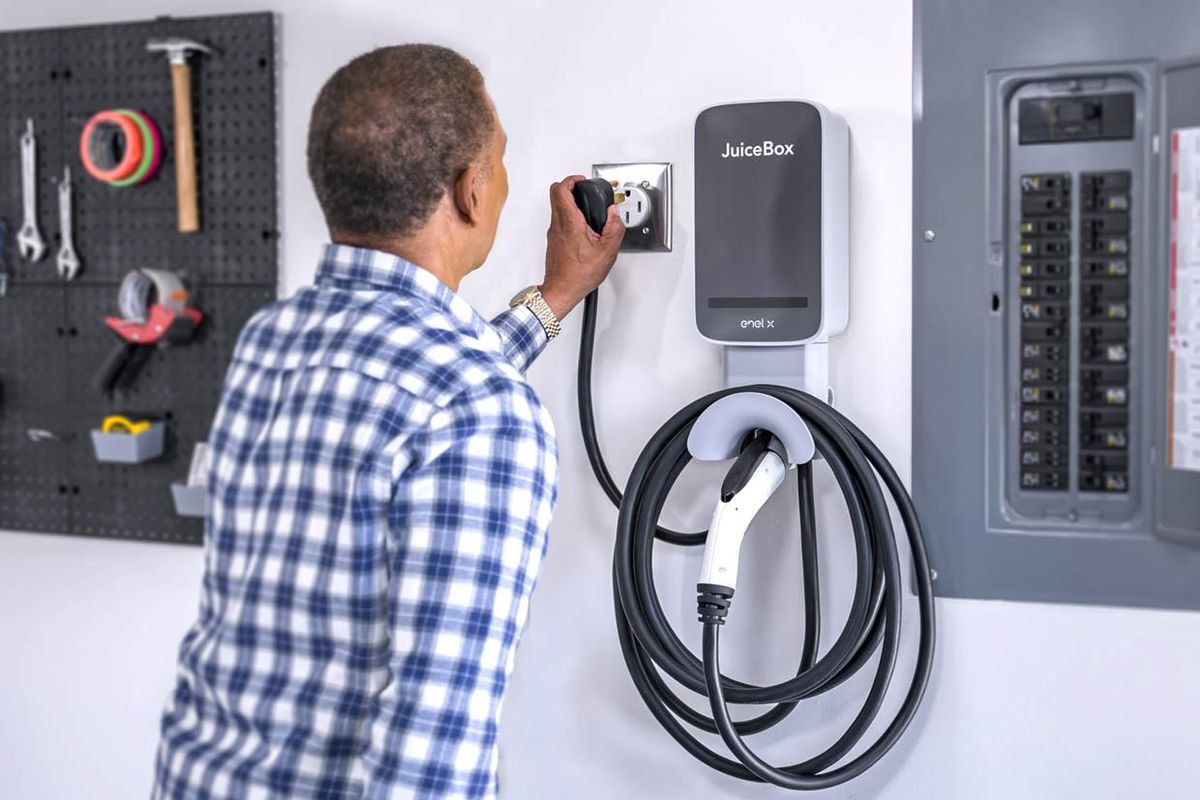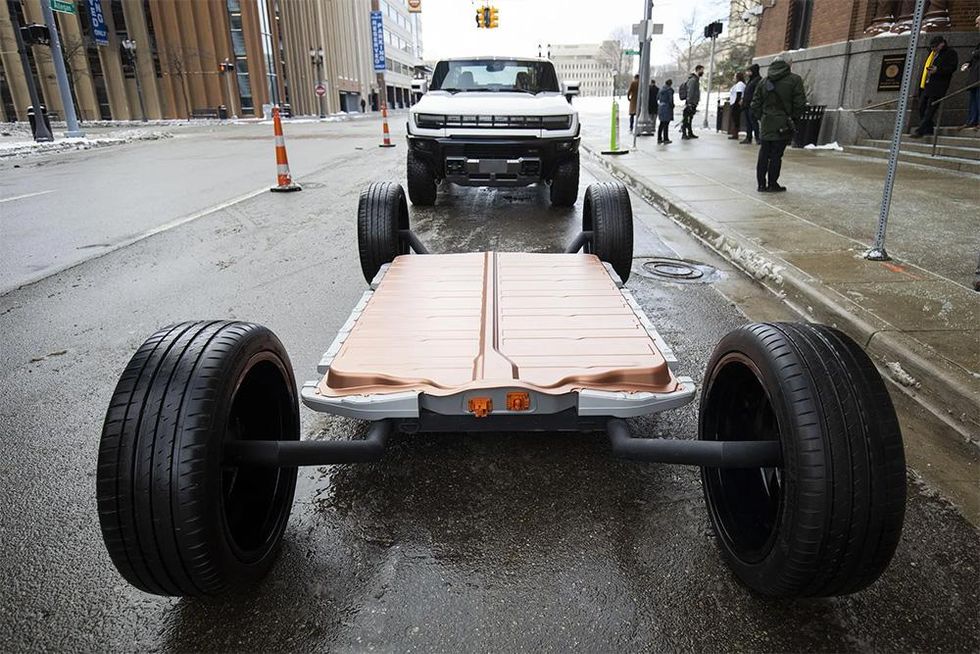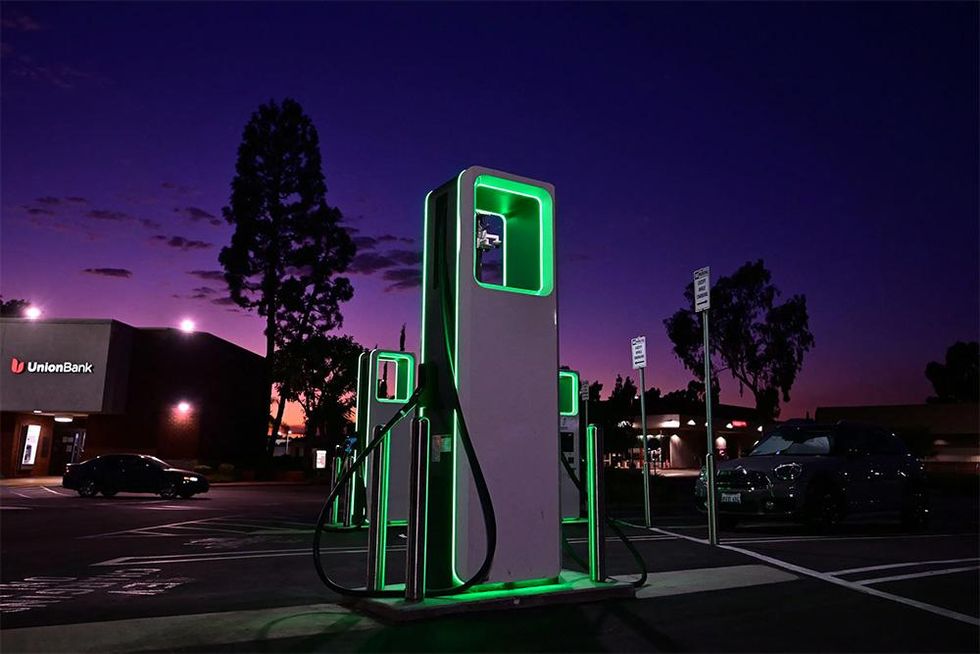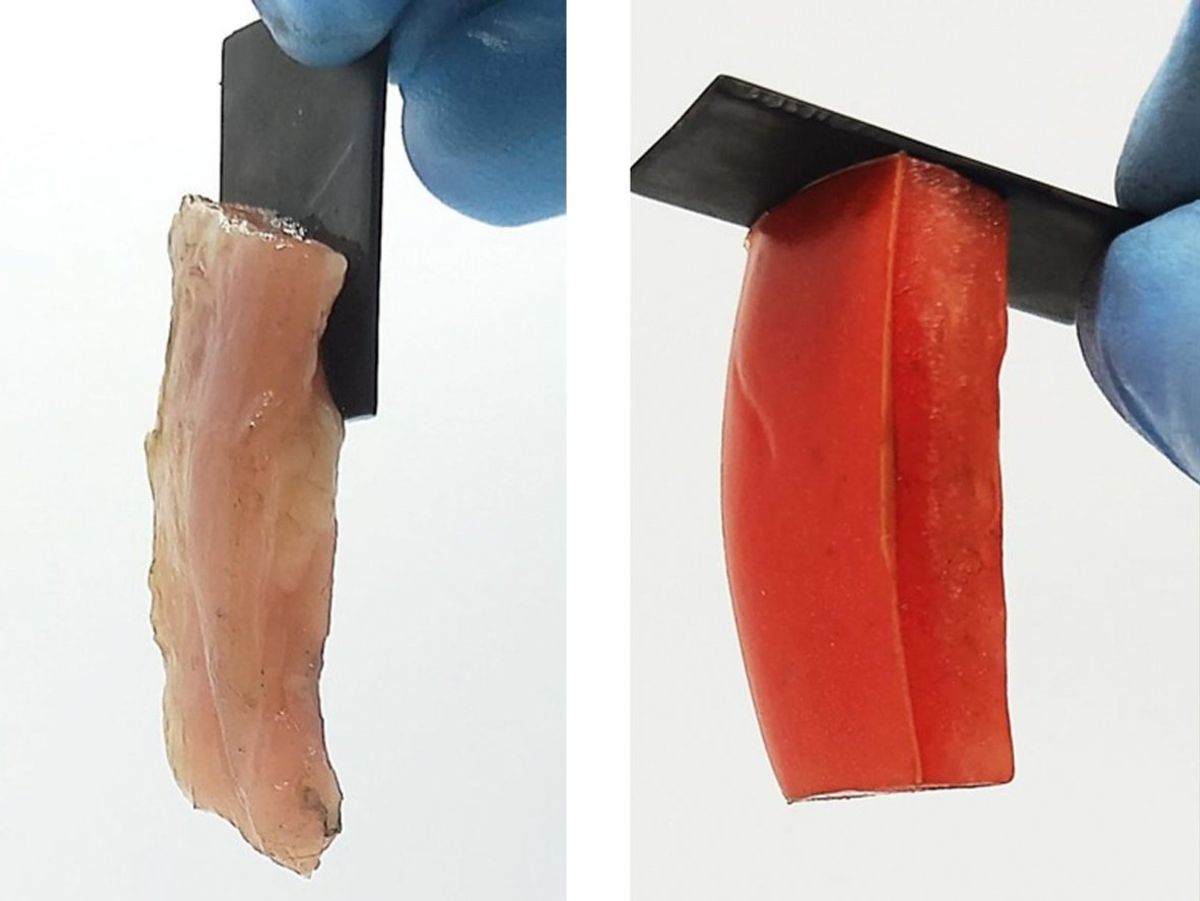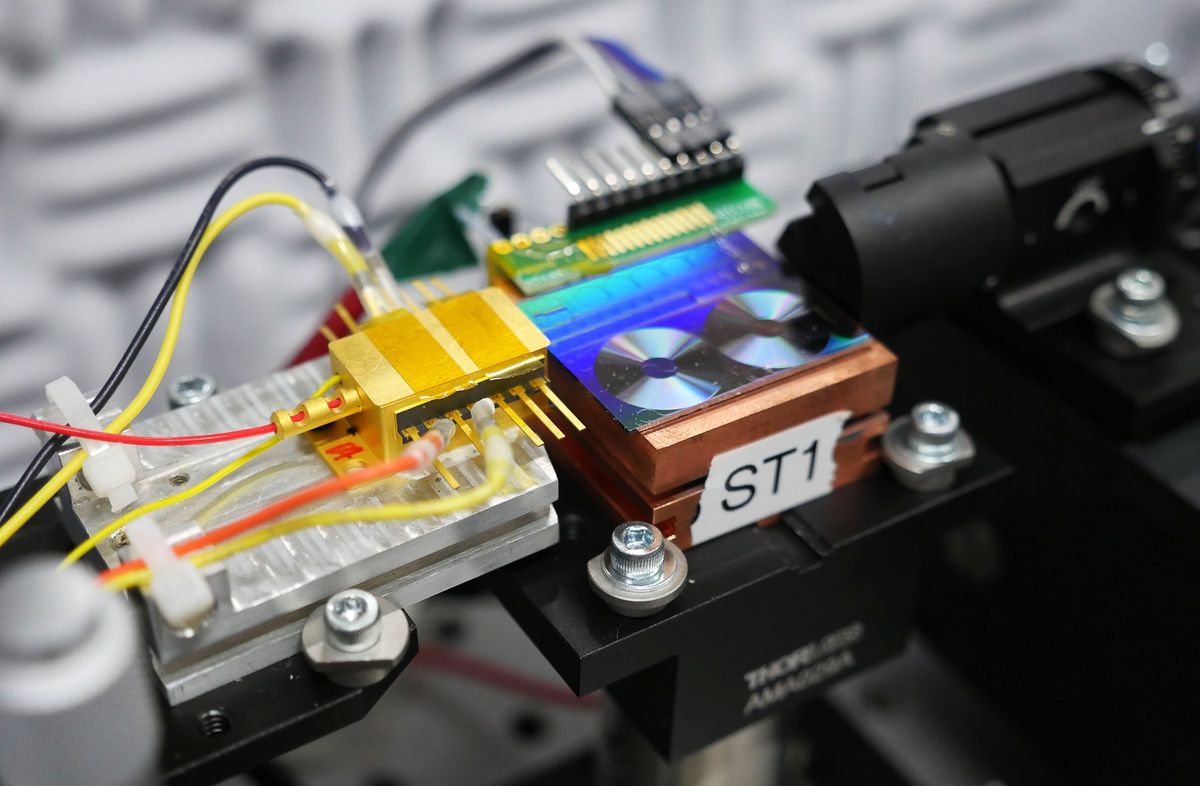There have been vigorous debates pro and con in the United States and elsewhere over whether electric grids can support EVs at scale. The answer is a nuanced “perhaps.” It depends on several factors, including the speed of grid-component modernization, the volume of EV sales, where they occur and when, what kinds of EV charging are being done and when, regulator and political decisions, and critically, economics.
The city of Palo Alto, Calif. is a microcosm of many of the issues involved. Palo Alto boasts the highest adoption rate of EVs in the United States: In 2020, one in six of the town’s 25,000 households owned an EV. Of the 52,000 registered vehicles in the city, 4,500 are EVs, and on workdays, commuters drive another 3,000 to 5,000 EVs to enter the city. Residents can access about 1,000 charging ports spread over 277 public charging stations, with another 3,500 or so charging ports located at residences.
Palo Alto’s government has set a very aggressive Sustainability and Climate Action Plan with a goal of reducing its greenhouse gas emissions to 80 percent below the 1990 level by the year 2030. In comparison, the state’s goal is to achieve this amount by 2050. To realize this reduction, Palo Alto must have 80 percent of vehicles within the next eight years registered in (and commuting into) the city be EVs (around 100,000 total). The projected number of charging ports will need to grow to an estimated 6,000 to 12,000 public ports (some 300 being DC fast chargers) and 18,000 to 26,000 residential ports, with most of those being L2-type charging ports.
“There are places even today where we can’t even take one more heat pump without having to rebuild the portion of the system. Or we can’t even have one EV charger go in.” —Tomm Marshall
To meet Palo Alto’s 2030 emission-reduction goals, the city, which owns and operates the electric utility, would like to increase significantly the amount of local renewable energy being used for electricity generation (think rooftop solar) including the ability to use EVs as distributed-energy resources ( vehicle-to-grid (V2G) connections). The city has provided incentives for the purchase of both EVs and charging ports, the installation of heat-pump water heaters, and the installation of solar and battery-storage systems.
The EV Transition Explained
This is one in a series of articles exploring the major technological and social challenges that must be addressed as we move from vehicles with internal-combustion engines to electric vehicles at scale. In reviewing each article, readers should bear in mind Nobel Prize–winning physicist Richard Feynman’s admonition: “For a successful technology, reality must take precedence over public relations, for Nature cannot be fooled.”
There are, however, a few potholes that need to be filled to meet the city’s 2030 emission objectives. At a February meeting of Palo Alto’s Utilities Advisory Commission, Tomm Marshall, assistant director of utilities, stated, “There are places even today [in the city] where we can’t even take one more heat pump without having to rebuild the portion of the [electrical distribution] system. Or we can’t even have one EV charger go in.”
Peak loading is the primary concern. Palo Alto’s electrical-distribution system was built for the electric loads of the 1950s and 1960s, when household heating, water, and cooking were running mainly on natural gas. The distribution system does not have the capacity to support EVs and all electric appliances at scale, Marshall suggested. Further, the system was designed for one-way power, not for distributed-renewable-energy devices sending power back into the system.
A big problem is the 3,150 distribution transformers in the city, Marshall indicated. A 2020 electrification-impact study found that without improvements, more than 95 percent of residential transformers would be overloaded if Palo Alto hits its EV and electrical-appliance targets by 2030.
Palo Alto’s electrical-distribution system needs a complete upgrade to allow the utility to balance peak loads.
For instance, Marshall stated, it is not unusual for a 37.5 kilovolt-ampere transformer to support 15 households, as the distribution system was originally designed for each household to draw 2 kilowatts of power. Converting a gas appliance to a heat pump, for example, would draw 4 to 6 kW, while an L2 charger for EVs would be 12 to 14 kW. A cluster of uncoordinated L2 charging could create an excessive peak load that would overload or blow out a transformer, especially when they are toward the end of their lives, which many already are. Without smart meters—that is, Advanced Metering Infrastructure (AMI), which will be introduced into Palo Alto in 2024—the utility has little to no household peak load insights.
Palo Alto’s electrical-distribution system needs a complete upgrade to allow the utility to balance peak loads, manage two-way power flows, install the requisite number of EV charging ports and electric appliances to support the city’s emission-reduction goals, and deliver power in a safe, reliable, sustainable, and cybersecure manner. The system also must be able to cope in a multihour-outage situation, where future electrical appliances and EV charging will commence all at once when power is restored, placing a heavy peak load on the distribution system.
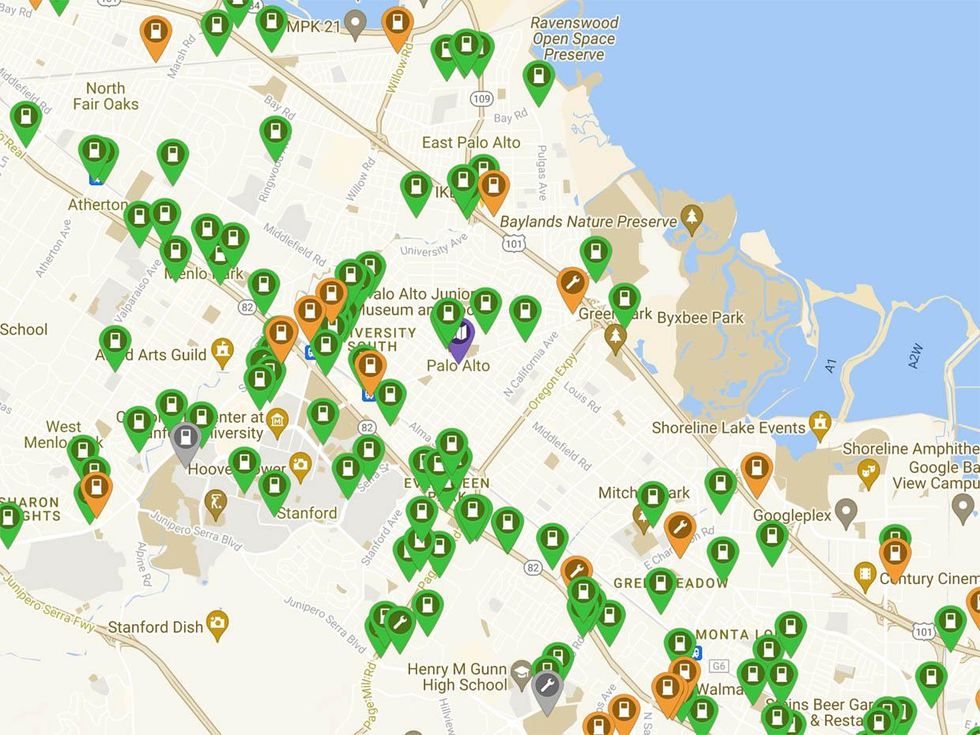
Palo Alto is considering investing US $150 million toward modernizing its distribution system, but that will take two to three years of planning, as well as another three to four years or more to perform all the necessary work, but only if the utility can get the engineering and management staff, which continues to be in short supply there and at other utilities across the country. Further, like other industries, the energy business has become digitized, meaning the skills needed are different from those previously required.
Until it can modernize its distribution network, Marshall conceded that the utility must continue to deal with angry and confused customers who are being encouraged by the city to invest in EVs, charging ports, and electric appliances, only then to be told that they may not be accommodated anytime soon.
Policy runs up against engineering reality
The situation in Palo Alto is not unique. There are some 465 cities in the United States with populations between 50,000 and 100,000 residents, and another 315 that are larger, many facing similar challenges. How many can really support a rapid influx of thousands of new EVs? Phoenix, for example, wants 280,000 EVs plying its streets by 2030, nearly seven times as many as it has currently. Similar mismatches between climate-policy desires and an energy infrastructure incapable of supporting those policies will play out across not only the United States but elsewhere in one form or another over the next two decades as conversion to EVs and electric appliances moves to scale.
As in Palo Alto, it will likely be blown transformers or constantly flickering lights that signal there is an EV charging-load issue. Professor Deepak Divan, the director of the Center for Distributed Energy at Georgia Tech, says his team found that in residential areas “multiple L2 chargers on one distribution transformer can reduce its life from an expected 30 to 40 years to 3 years.” Given that most of the millions of U.S. transformers are approaching the end of their useful lives, replacing transformers soon could be a major and costly headache for utilities, assuming they can get them.
Supplies for distribution transformers are low, and costs have skyrocketed from a range of $3,000 to $4,000 to $20,000 each. Supporting EVs may require larger, heavier transformers, which means many of the 180 million power poles on which these need to sit will need to be replaced to support the additional weight.
Exacerbating the transformer loading problem, Divan says, is that many utilities “have no visibility beyond the substation” into how and when power is being consumed. His team surveyed “twenty-nine utilities for detailed voltage data from their AMI systems, and no one had it.”
This situation is not true universally. Xcel Energy in Minnesota, for example, has already started to upgrade distribution transformers because of potential residential EV electrical-load issues. Xcel president Chris Clark told the Minneapolis Star Tribune that four or five families buying EVs noticeably affects the transformer load in a neighborhood, with a family buying an EV “adding another half of their house.”
Joyce Bodoh, director of energy solutions and clean energy for Virginia’s Rappahannock Electric Cooperative (REC), a utility distributor in central Virginia, says that “REC leadership is really, really supportive of electrification, energy efficiency, and electric transportation.” However, she adds, “all those things are not a magic wand. You can’t make all three things happen at the same time without a lot of forward thinking and planning.”
Total U.S. Energy Consumption
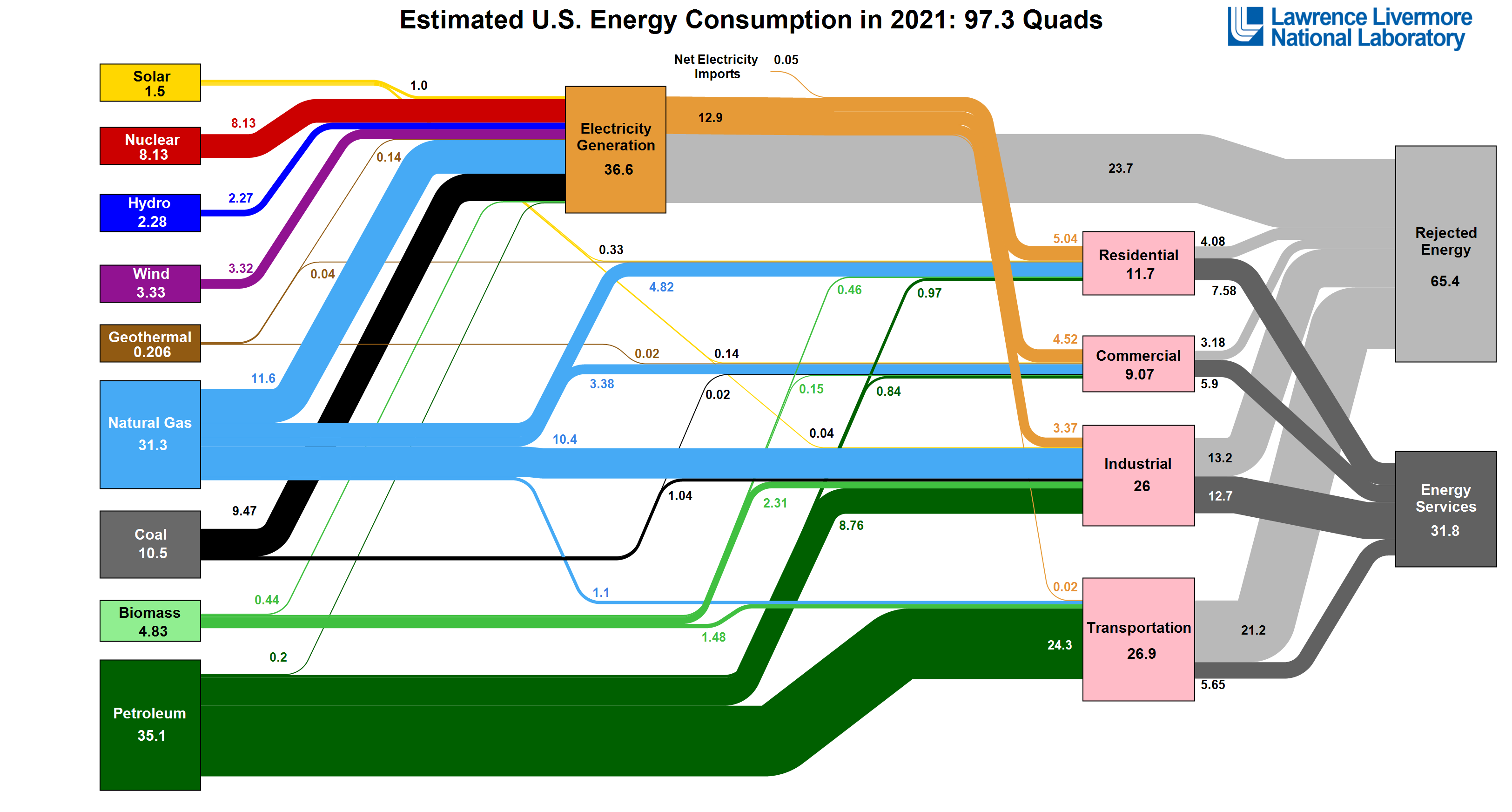
Lawrence Livermore National Laboratory’s Sankey diagram of U.S. energy consumption
Lawrence Livermore National Laboratory
For nearly 50 years, Lawrence Livermore National Laboratory has been publishing a Sankey diagram of estimated U.S. energy consumption from various generation sources, as shown above. In 2021, the United States consumed 97.3 quadrillion British thermal units (quads) of energy, with the transportation sector using 26.9 quads, 90 percent of it from petroleum. Obviously, as the transportation sector electrifies, electricity generation will need to grow in some reduced proportion of the energy once provided to the transportation section by petroleum, given the higher energy efficiency of EVs.
To achieve the desired reduction in greenhouse gases, renewable-energy generation of electricity will need to replace fossil fuels. The improvements and replacements to the grid’s 8,000 power-generation units and 600,000 circuit miles of AC transmission lines (240,000 circuit miles being high-voltage lines) and 70,000 substations to support increased renewable energy and battery storage is estimated to be more than $2.5 trillion in capital, operations, and maintenance costs by 2035.
In the short term, it is unlikely that EVs will create power shortfalls in the U.S. grid, but the rising number of EVs will test the local grid’s reliability at many of the 3,000 electric-distribution utilities in the United States, which themselves own more than 5.5 million miles of power lines. It is estimated that these utilities need $1 trillion in upgrades by 2035.
As part of this planning effort, Bodoh says that REC has actively been performing “an engineering study that looked at line loss across our systems as well as our transformers, and said, ‘If this transformer got one L2 charger, what would happen? If it got two L2s, what would happen, and so on?’” She adds that REC “is trying to do its due diligence, so we don’t get surprised when a cul-de-sac gets a bunch of L2 chargers and there’s a power outage.”
REC also has hourly energy-use data from which it can find where L2 chargers may be in use because of the load profile of EV charging. However, Bodoh says, REC does not just want to know where the L2 chargers are, but also to encourage its EV-owning customers to charge at nonpeak hours—that is, 9 p.m. to 5 a.m. and 10 a.m. to 2 p.m. REC has recently set up an EV charging pilot program for 200 EV owners that provides a $7 monthly credit if they do off-peak charging. Whether REC or other utilities can convince enough EV owners of L2 chargers to consistently charge during off-peak hours remains to be seen.
“Multiple L2 chargers on one distribution transformer can reduce its life from an expected 30 to 40 years to 3 years.” —Deepak Divan
Even if EV owner behavior changes, off-peak charging may not fully solve the peak-load problem once EV ownership really ramps up. “Transformers are passively cooled devices,” specifically designed to be cooled at night, says Divan. “When you change the (power) consumption profile by adding several EVs using L2 chargers at night, that transformer is running hot.” The risk of transformer failure from uncoordinated overnight charging may be especially aggravated during times of summer heat waves, an issue that concerns Palo Alto’s utility managers.
There are technical solutions available to help spread EV charging peak loads, but utilities will have to make the investments in better transformers and smart metering systems, as well as get regulatory permission to change electricity-rate structures to encourage off-peak charging. Vehicle-to-grid (V2G), which allows an EV to serve as a storage device to smooth out grid loads, may be another solution, but for most utilities in the United States, this is a long-term option. Numerous issues need to be addressed, such as the updating of millions of household electrical panels and smart meters to accommodate V2G, the creation of agreed-upon national technical standards for the information exchange needed between EVs and local utilities, the development of V2G regulatory policies, and residential and commercial business models, including fair compensation for utilizing an EV’s stored energy.
As energy expert Chris Nelder noted at a National Academy EV workshop, “vehicle-to-grid is not really a thing, at least not yet. I don’t expect it to be for quite some time until we solve a lot of problems at various utility commissions, state by state, rate by rate.”
In the next article in the series, we will look at the complexities of creating an EV charging infrastructure.
- What You Need to Know About Charging Before You Buy an EV ... ›
- 800-Volt EV Charging: The Other Palliative for Range Anxiety ... ›
- Solving the Electric Vehicle Charging Conundrum - IEEE Spectrum ›
- The Aftershocks of the EV Transition Could Be Ugly - IEEE Spectrum ›
- The EV Transition Explained: Converting Gasoline Superusers - IEEE Spectrum ›
- The EV Transition Explained: Policy Roadblocks - IEEE Spectrum ›
- False Starts: The Story of Vehicle-to-Grid Power - IEEE Spectrum ›
- The EV Transition Is Harder Than Anyone Thinks - IEEE Spectrum ›
- The Staggering Scale of the EV Transition - IEEE Spectrum ›
- Fast Food, Fast Charge - IEEE Spectrum ›
- Download “The EV Transition Explained” E-book for Free - IEEE Spectrum ›
- BT Group Converts Telecom Infrastructure to EV Chargers - IEEE Spectrum ›
Robert N. Charette is a Contributing Editor to IEEE Spectrum and an acknowledged international authority on information technology and systems risk management. A self-described “risk ecologist,” he is interested in the intersections of business, political, technological, and societal risks. Charette is an award-winning author of multiple books and numerous articles on the subjects of risk management, project and program management, innovation, and entrepreneurship. A Life Senior Member of the IEEE, Charette was a recipient of the IEEE Computer Society’s Golden Core Award in 2008.
